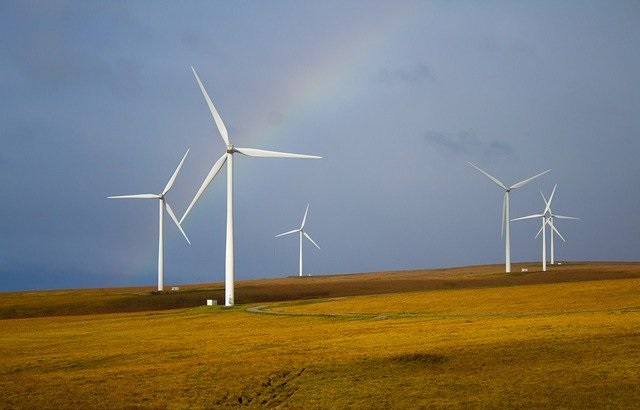Between 2019 and 2022, there was a 18.5% jump in infrastructure AUM
More than eight in 10 infrastructure investors consider the energy transition to be part of their fiduciary duty, as well as a new investment opportunity, according to a survey by the Long-Term Infrastructure Investors Association (LTIIA).
The energy transition is increasingly being addressed through the infrastructure lens, research by the LTIIA has found.
Between 2010 and 2022, the assets under management (AUM) of renewable energy funds skyrocketed from $250bn to $1.26trn, growing at a compound annual growth rate of 14.4% – infrastructure funds accounted for the lion’s share of such funds, with just under 75% of their total AuM in 2022.
Investors are increasingly backing infrastructure. Between 2019 and 2022, there was a 18.5% jump in infrastructure AuM, according to LTIIA’s analysis. This presents “a unique opportunity” to channel money towards sustainable projects that align with the energy transition, LTIIA said.
The share of fundraising by infrastructure funds linked totally or partially to renewable energy has grown to 92% since 2019, by LTIIA’s figures, making up $132bn out of a global total for infrastructure funds of $144bn in 2022.
Francois Bergere, executive director at the LTIIA, said despite the continuous growth in global infrastructure investments supporting the energy transition, net-zero goals “remain challenging to attain”, and the sector has yet to align with the necessary path to reach them.
Bergere said: “The growing awareness and prevailing emphasis on ESG considerations in the asset management sector is already making the energy transition the dominant global investment theme and prepares the ground for the required ramp-up, provided both public and private actors gear up to the challenge.”
“Governments cannot bear the financial burden of the energy transition on their own, making it even more crucial for the private sector to bridge the investment gaps.”
The recently published Energy Transition: Implications for Infrastructure Investorsintegrates qualitative and quantitative research that review and analyse the energy transition trends and their implications for institutional investors in infrastructure, both sector-wise and in terms of business models and allocation strategies.
This article was written for our sister title ESG Clarity










